Buddhist temples and gardens of astounding beauty, and museums filled with national treasures.
Some background
videos + essays
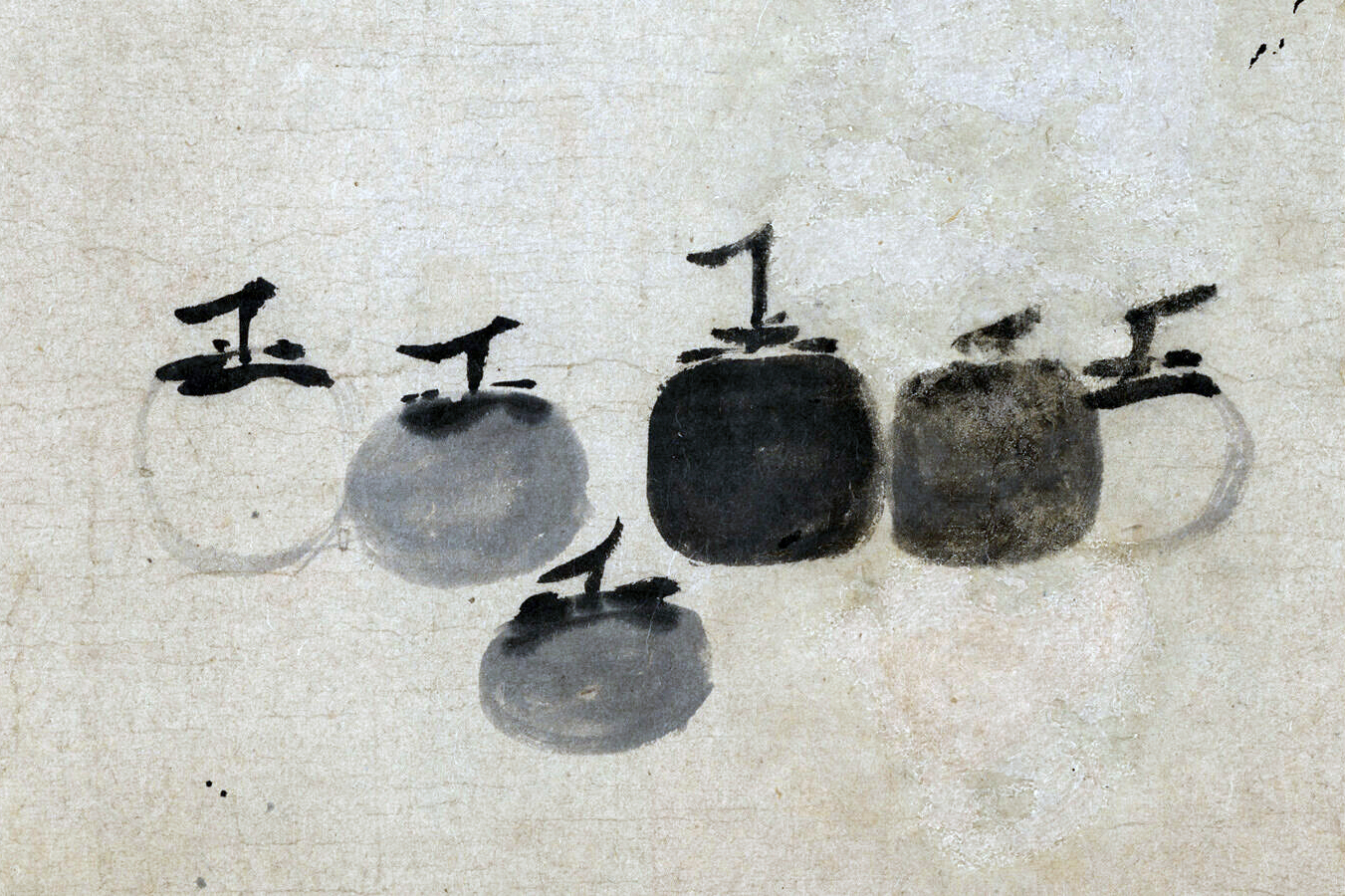
Attributed to Muqi, Six Persimmons
Rendered simply in tones of ink, Six Persimmons is a treasure of Zen Buddhist painting.
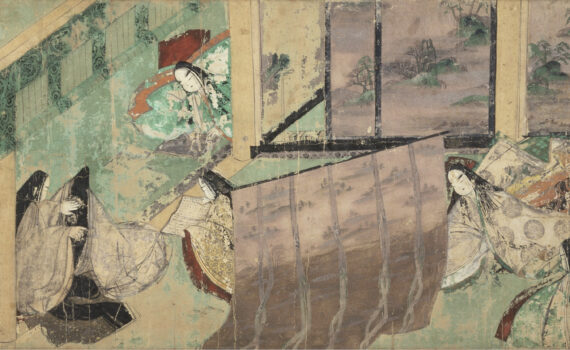
Illustrated scroll from the Tale of Genji
Illustrated scrolls of an 11th-century tale provide a fascinating look into Heian-period court life, particularly the lives of noble women.
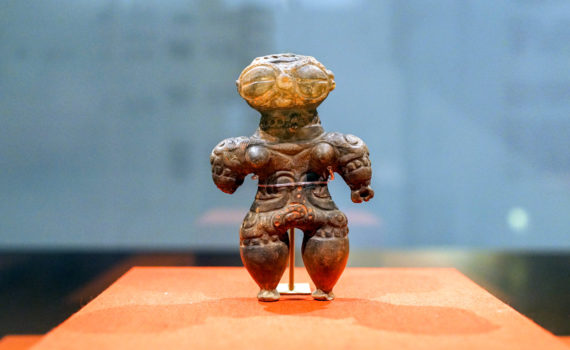
Deep bowl and Dogū, Jōmon period
Made in early Japan before we have any written records, these intricately decorated ceramics leave much to mystery

A portrait of St. Francis Xavier and Christianity in Japan
A portrait that celebrated Francis Xavier, the “Apostle of Japan” whose mission had inaugurated the Japanese Catholic Church.
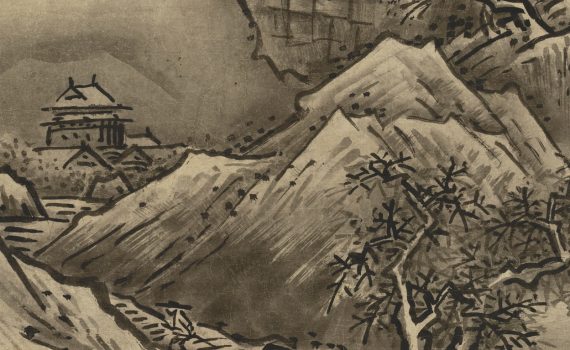
Nature: spotlight — Sesshu Toyo’s Winter Landscape
Nature is often used as a metaphor for all elements of our world—natural and human.
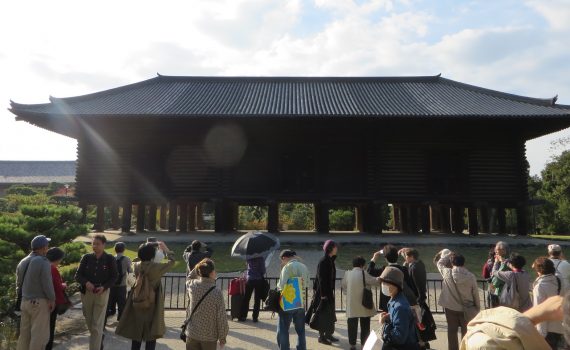
The Shōsōin Repository and its treasure
Shōsōin repository held nine thousand artifacts from China, Southeast Asia, Iran, and the Middle East—connecting ancient Japan to the cultural trade of the Eurasian continent.
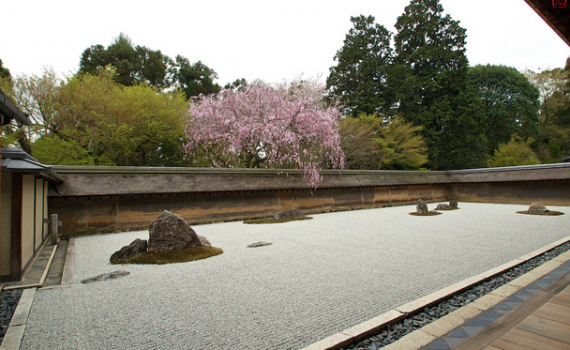
Ryōanji (Peaceful Dragon Temple)
This atmospheric space awakens the eye, heightens the senses, and prepares the path for enlightenment.
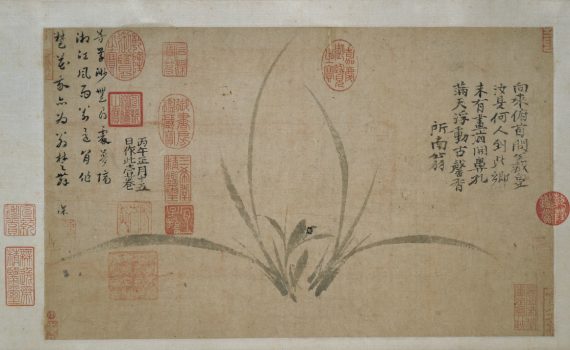
Zheng Sixiao, Ink Orchid
Zheng’s precise calligraphic strokes lend vitality and movement to these delicate flowers. But are they rootless?
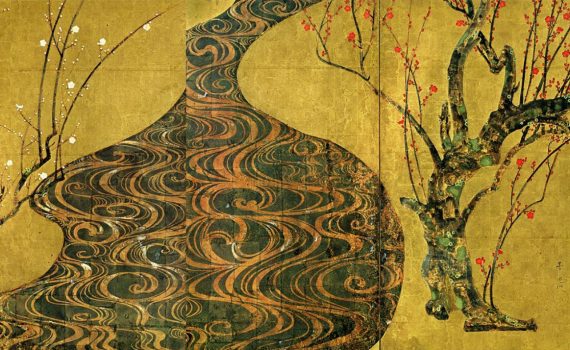
Ogata Kōrin, Red and White Plum Blossoms
Combining metallic curls with mottled color, Kôrin’s screens capture the pulsing vitality of early spring.
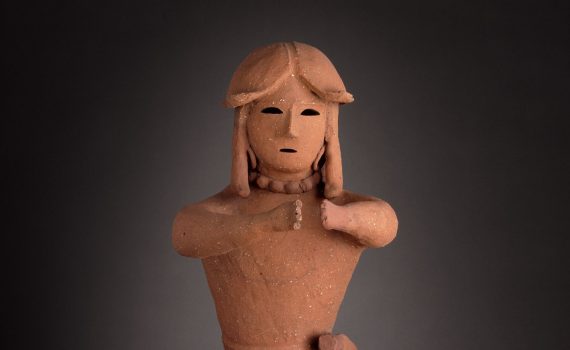
Haniwa Warrior
These expressive funerary objects evolved from simple clay cylinders into animal, human, and building forms.
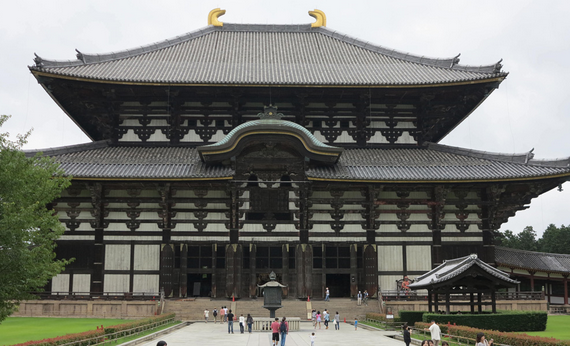
Tōdai-ji
This massive temple was built to impress—twice. Its monumental timber frame required a veritable cypress forest.

